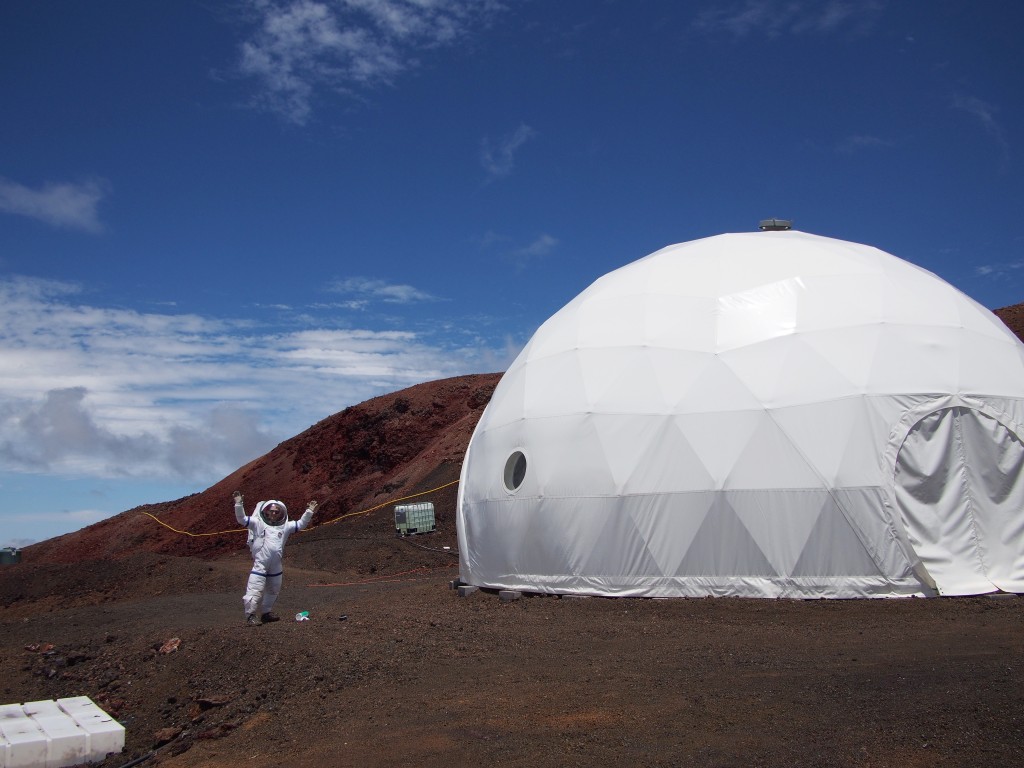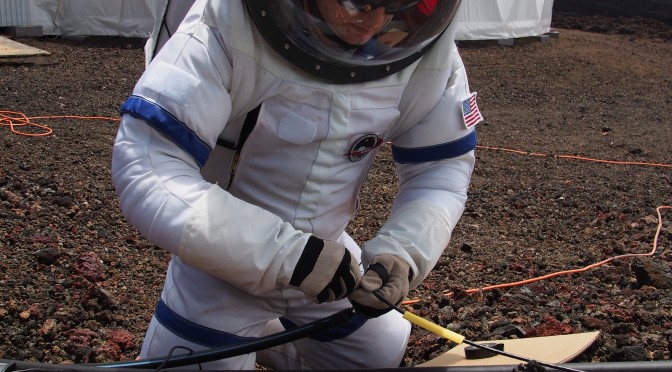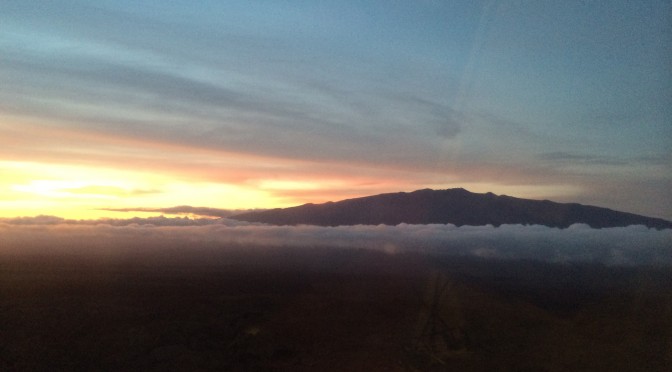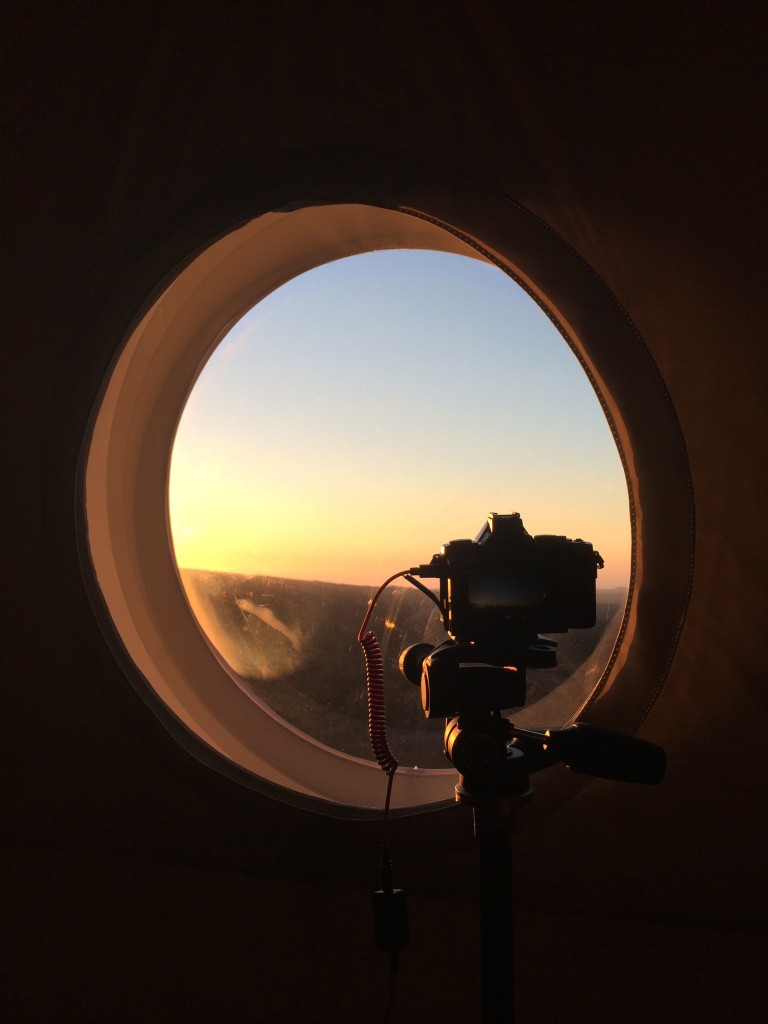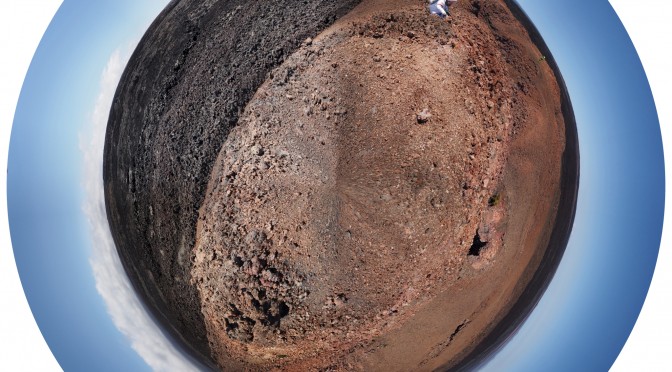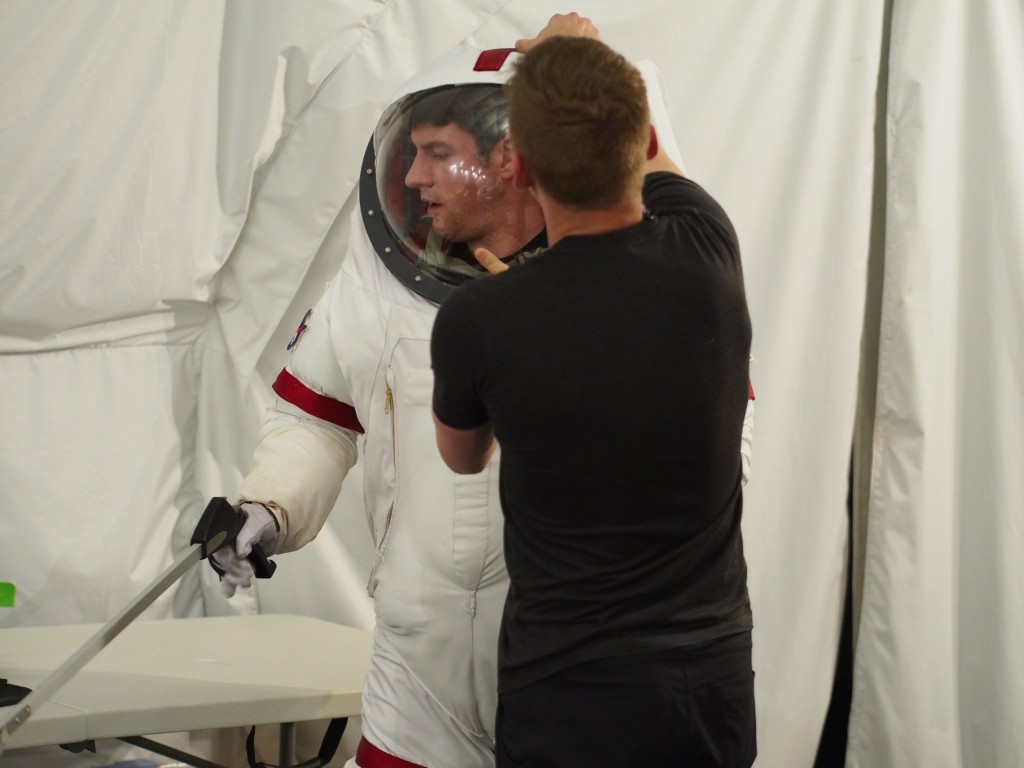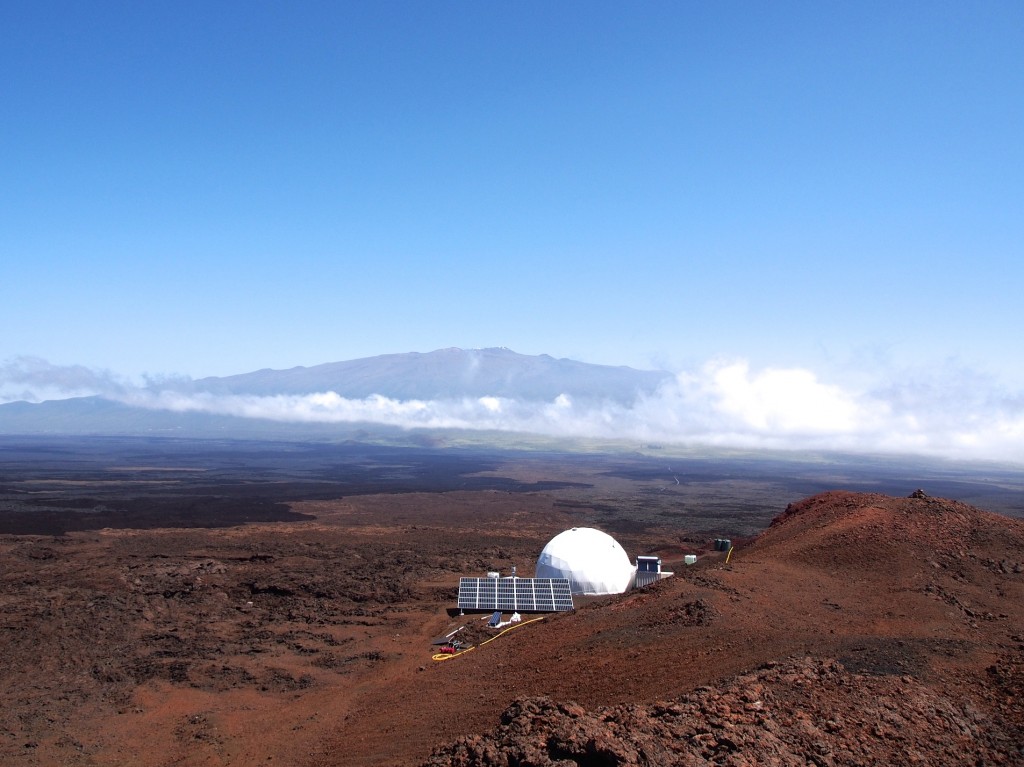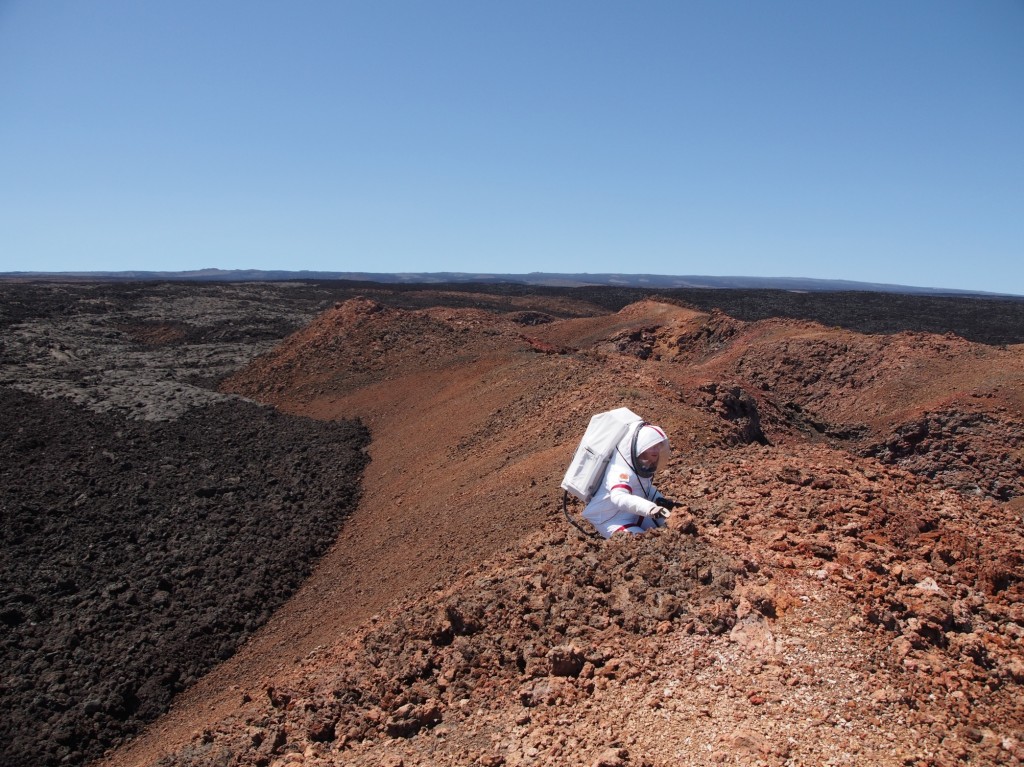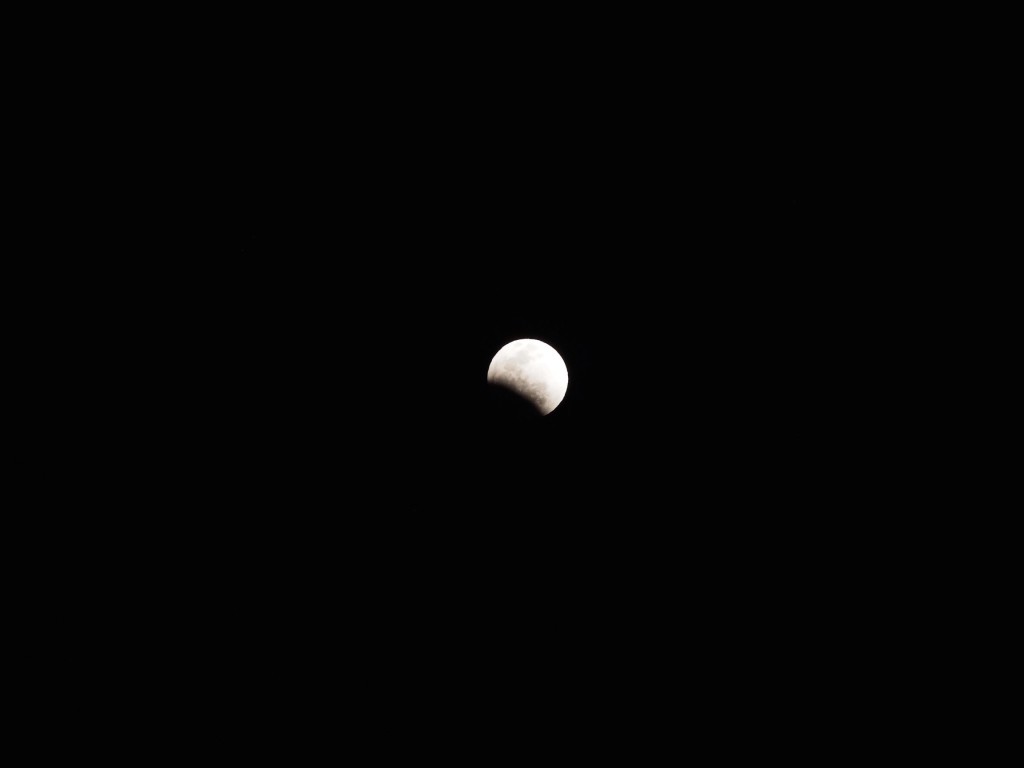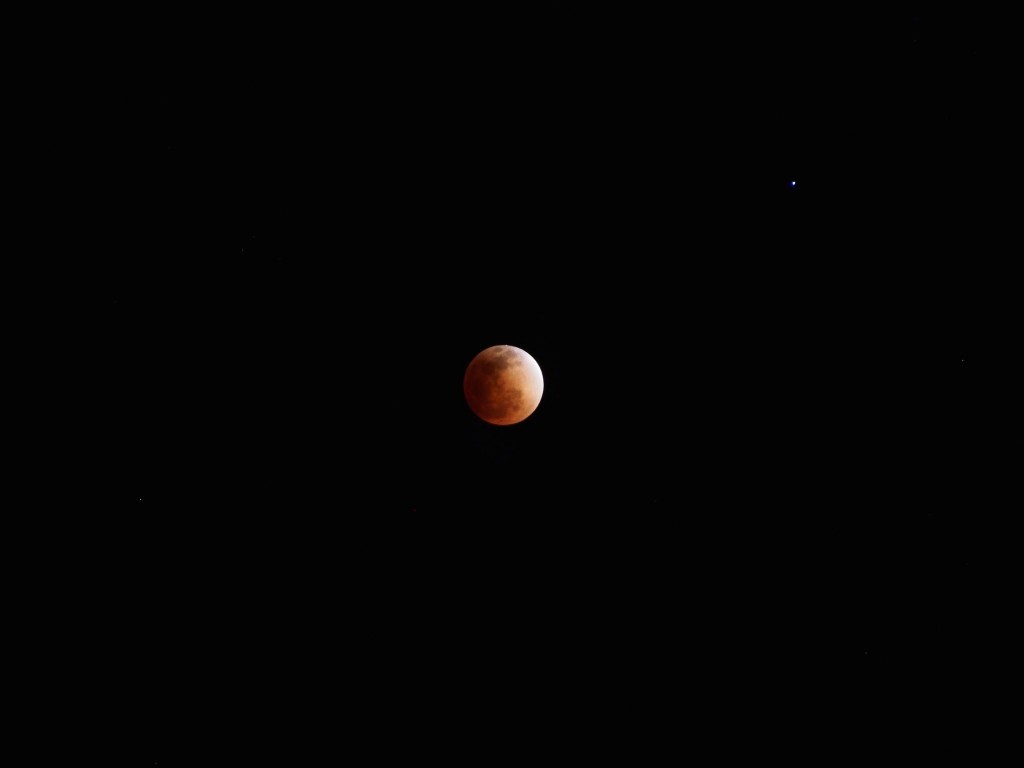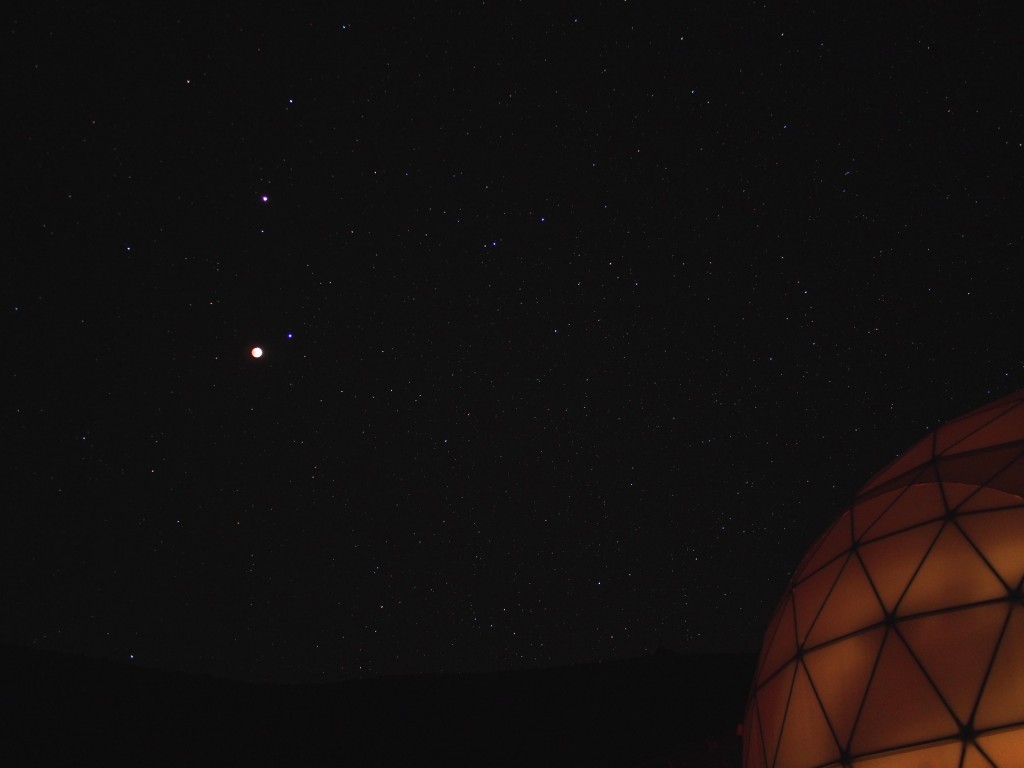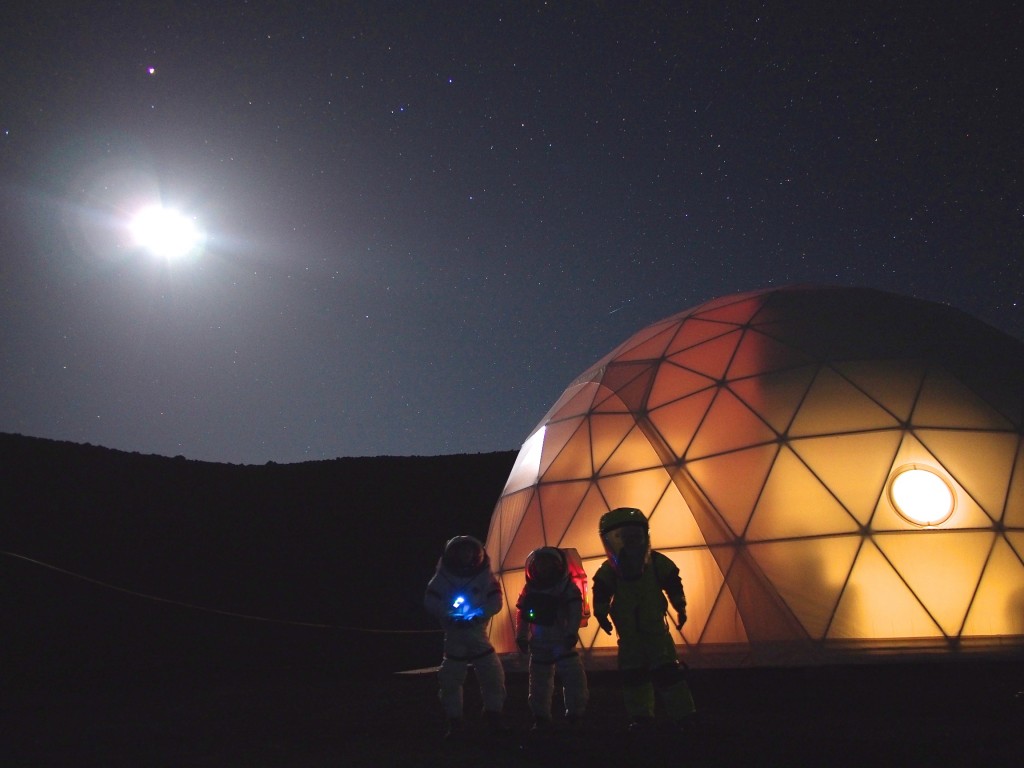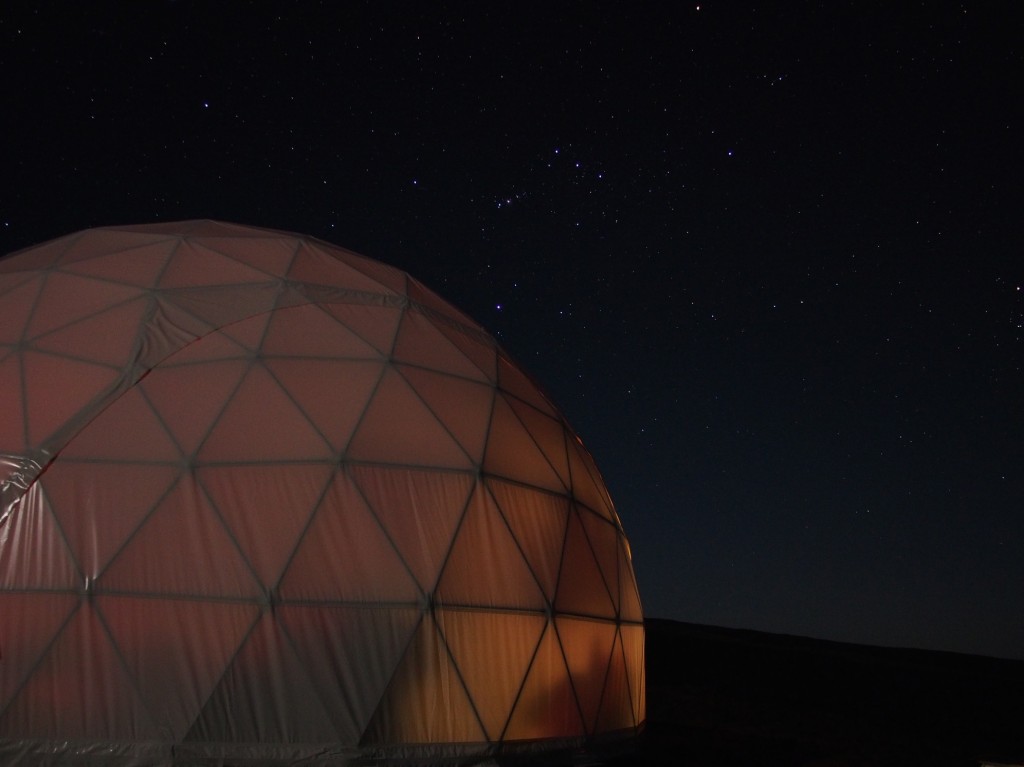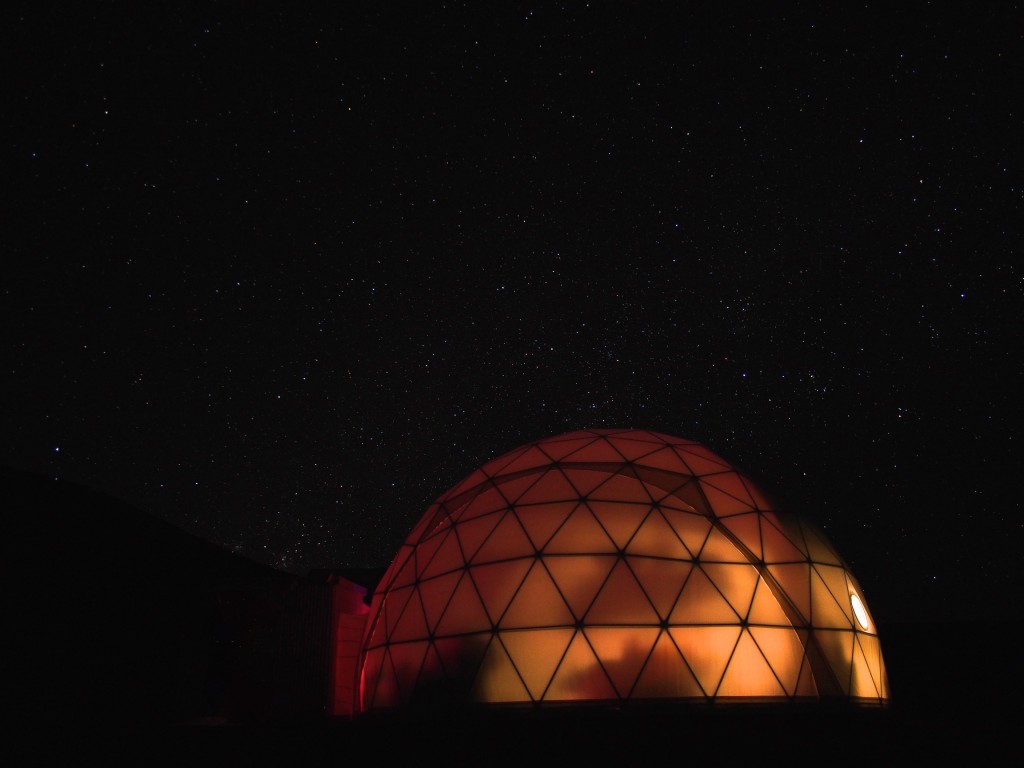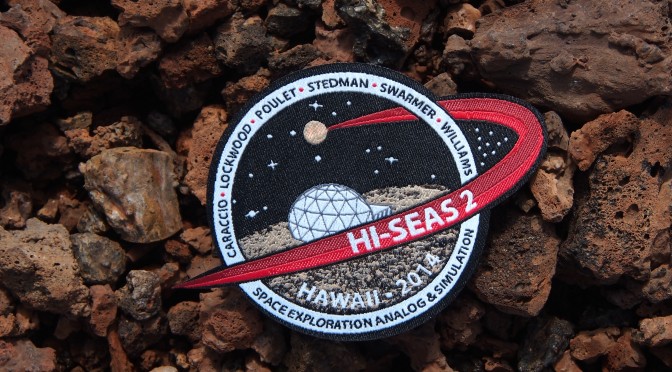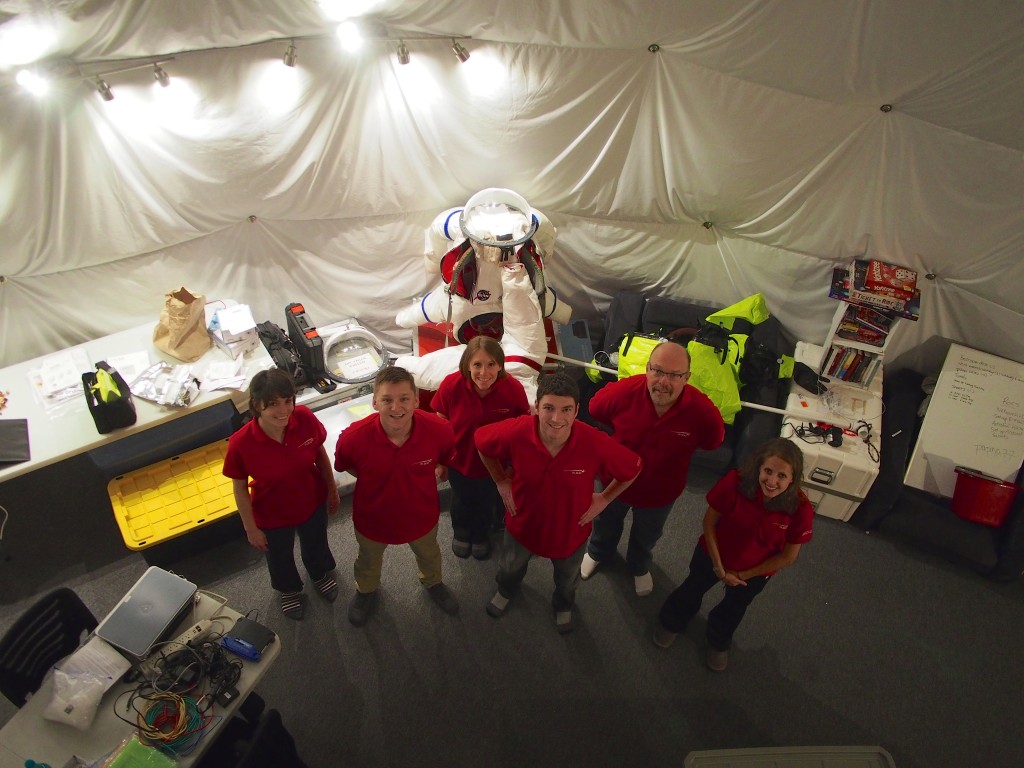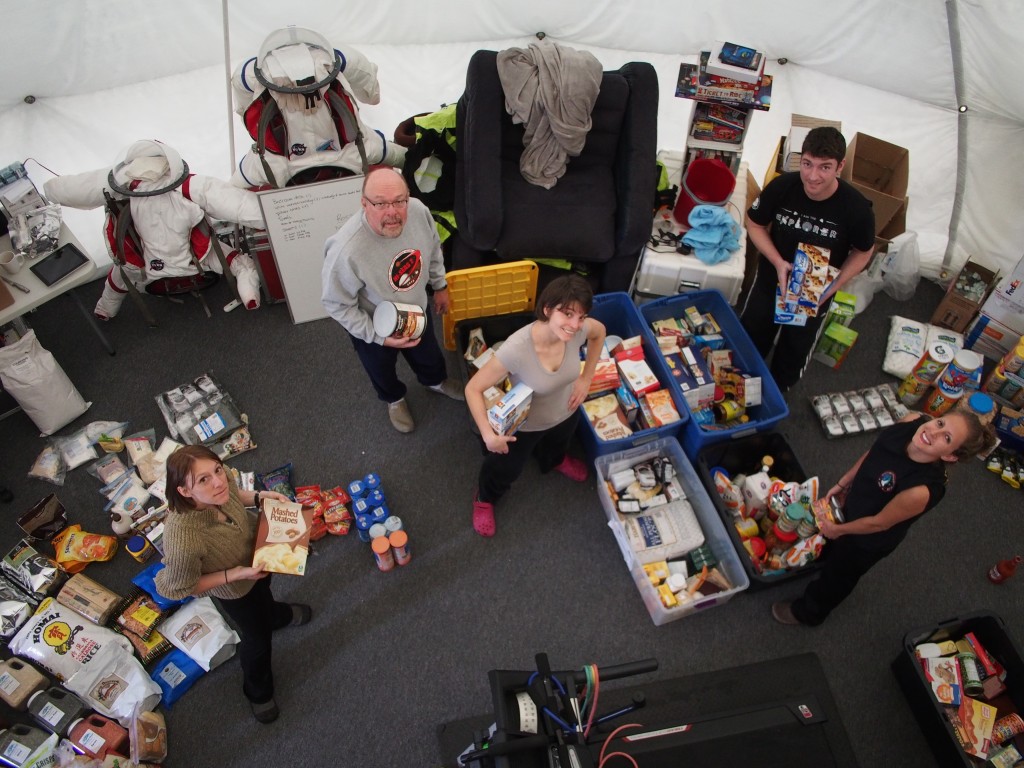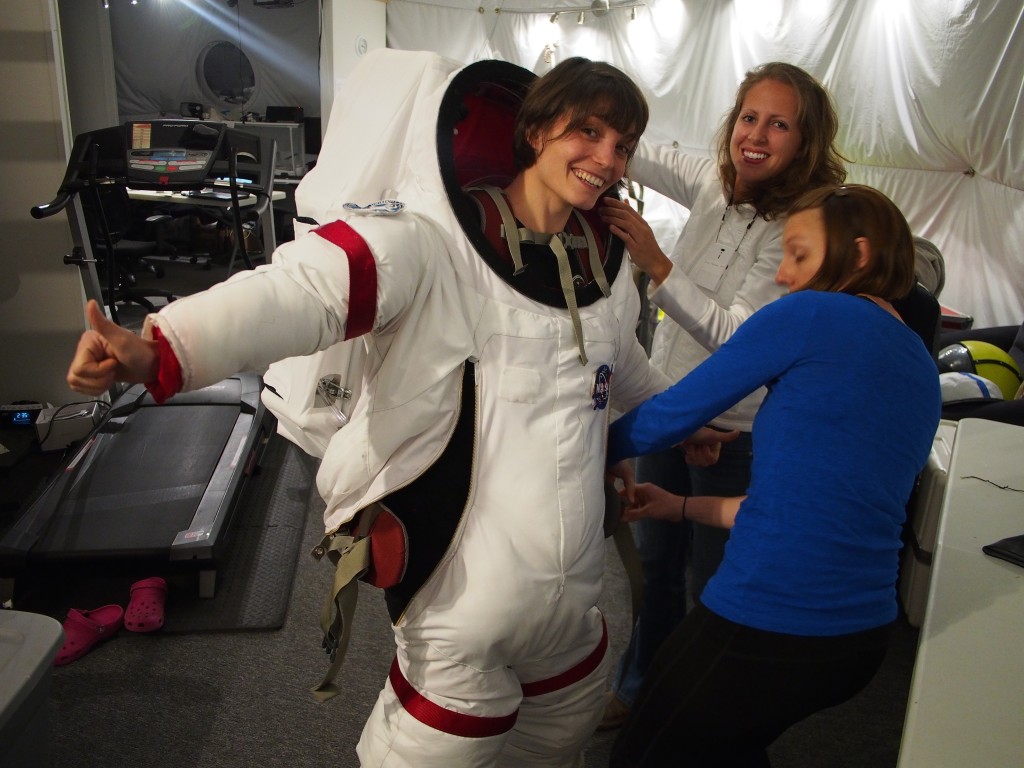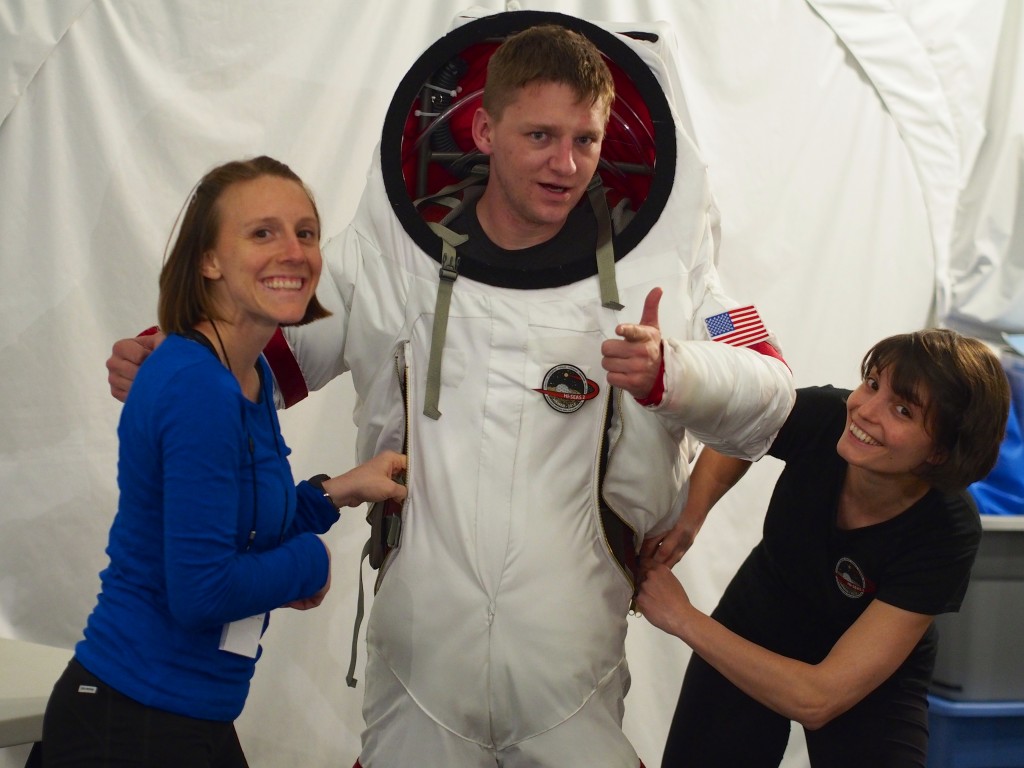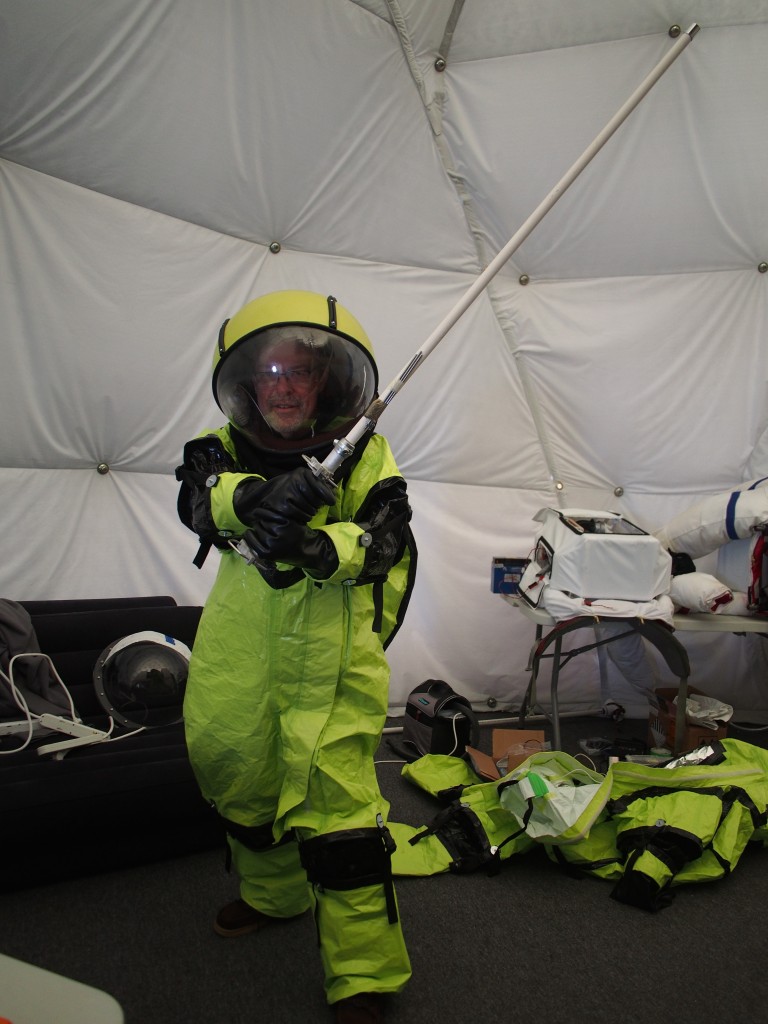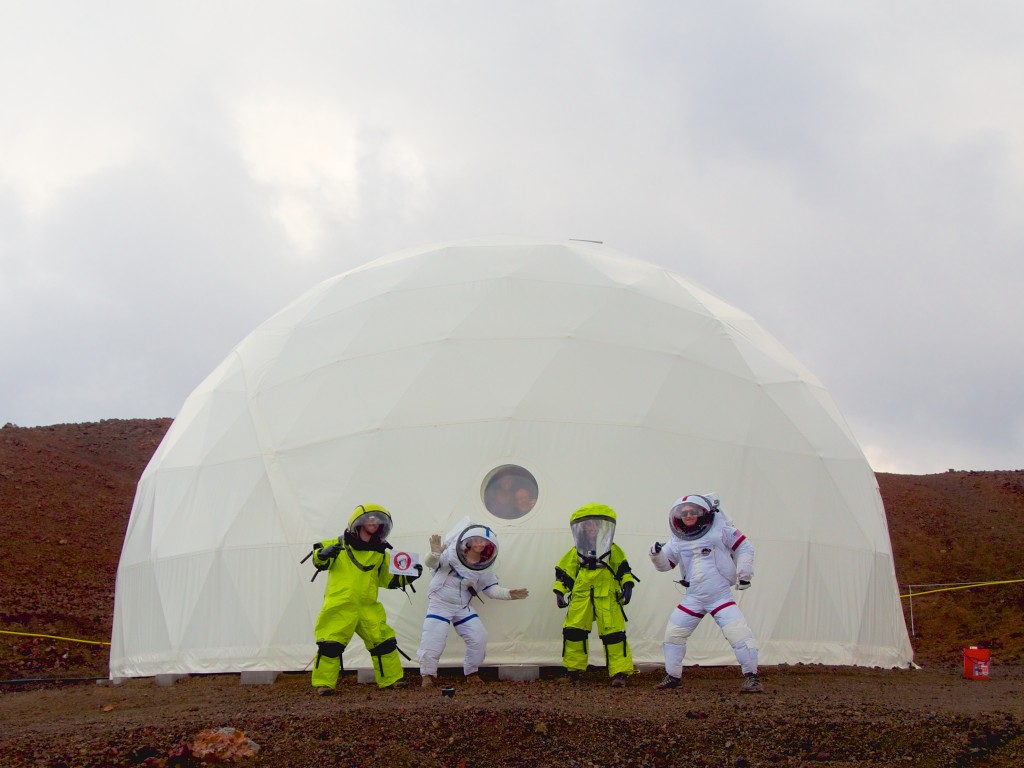Earlier this week we ran into a little problem. Then that little problem turned into a big problem. The solution of the big problem then turned into a little problem, which today, I think we can finally put to rest.
At the beginning of last week, our water consumption was a record-breaking low, or so we thought. According to the sensor in our water thank, there was over 41% of our water remaining on Saturday night.
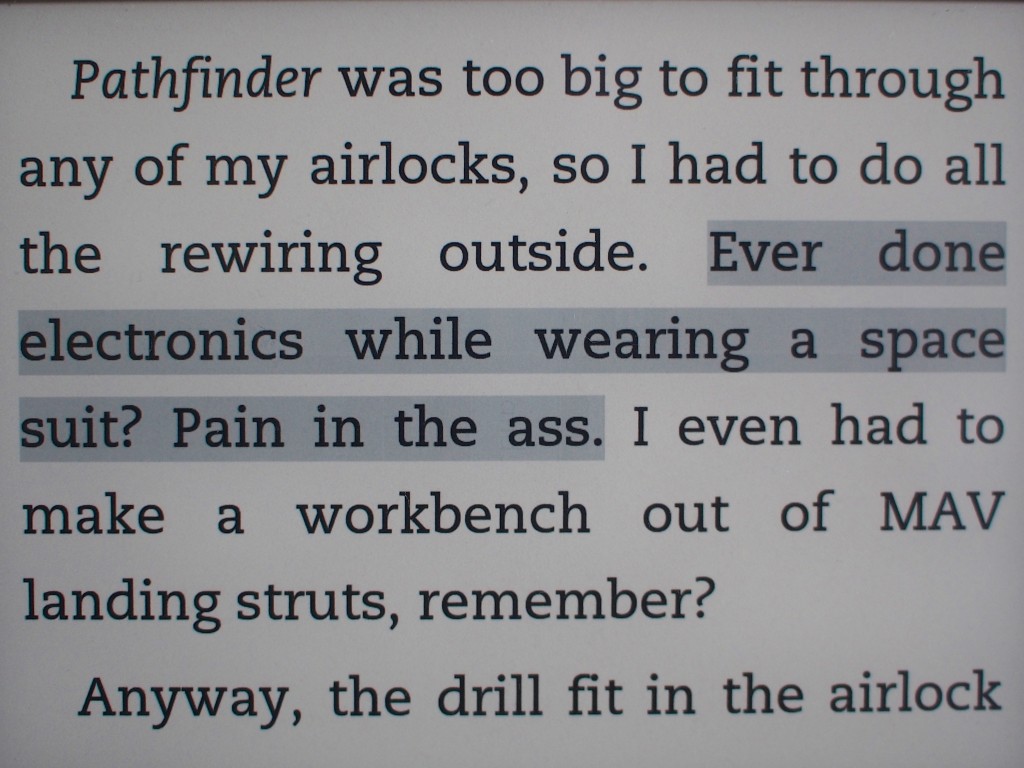
At first we didn’t notice that the sensor reading wasn’t moving at all, in fact, we didn’t catch it for the first 24 hours. 41%, all day long. The first indication of troubles was that there were gas bubbles in the hot water lines of the Habitat. During dishes, the water-spout would intermittently spew air with the rinsing water. That’s when we first noticed the problem.
Of course, we can’t just stick our heads outside and peer into the tanks, we require our EVAs be planned and approved before we open the door. So we submitted a plan for the next morning to go and check the physical levels in the water tanks.
As a precaution, we filled some big pots from the cold water line, and after we had about 5 gallons stored, the cold water line started spewing air as well. Just to make me scratch my head a little more, there was hot water coming out of the cold water line with the air!
The next morning revealed the true nature of our problem: we had drained the water tanks dry, even with the water sensor reporting 41%. Not only did we empty the water tanks, we also emptied the water lines running to the Habitat’s pump. The hot water coming out of the cold water tap was from the solar heater draining hot water through the cold water pipes. We were officially out of water.
Our first step was to request an emergency robotic water resupply truck to bring us more water (it’s not robots, of course, but we cover our only window so we don’t know who or what is filling our tanks). Then, with some of the water we had saved, we had to go out and re-prime the water lines.
Re-priming the water lines would be fairly straightforward: disconnect the water lines, pour water into them, reconnect them and turn on the pump. The water has to fill the lines for the pump to work, otherwise the pump is just pulling on air and can’t generate enough force to pull the water column at the other end. But we had to do it while wearing our spacesuits.
It took three of us in spacesuits to re-prime the lines, and we accomplished it in record time: under 20 minutes. While we were jubilant that we had accomplished the EVA objectives, we neglected to notice that the water tank’s sensor wire runs along the water pipe as well, and when we disconnected the water pipe, we tore the sensor’s wire as well.
So, here we are with water pumping normally in the Habitat, but now our sensor is reading -15% water levels, a true head scratcher. We’d have to go outside AGAIN to find the problem and repair it.
As an aside, the crew is currently reading ‘The Martian’ for our book club. There’s a passage (above) in here that I thought I’d share to put the next task into some context, “Ever done electronics while wearing a spacesuit? Pain in the ass.” Well, that’s enough context. We submitted an EVA request to go out and find the broken wires and solder them back together.
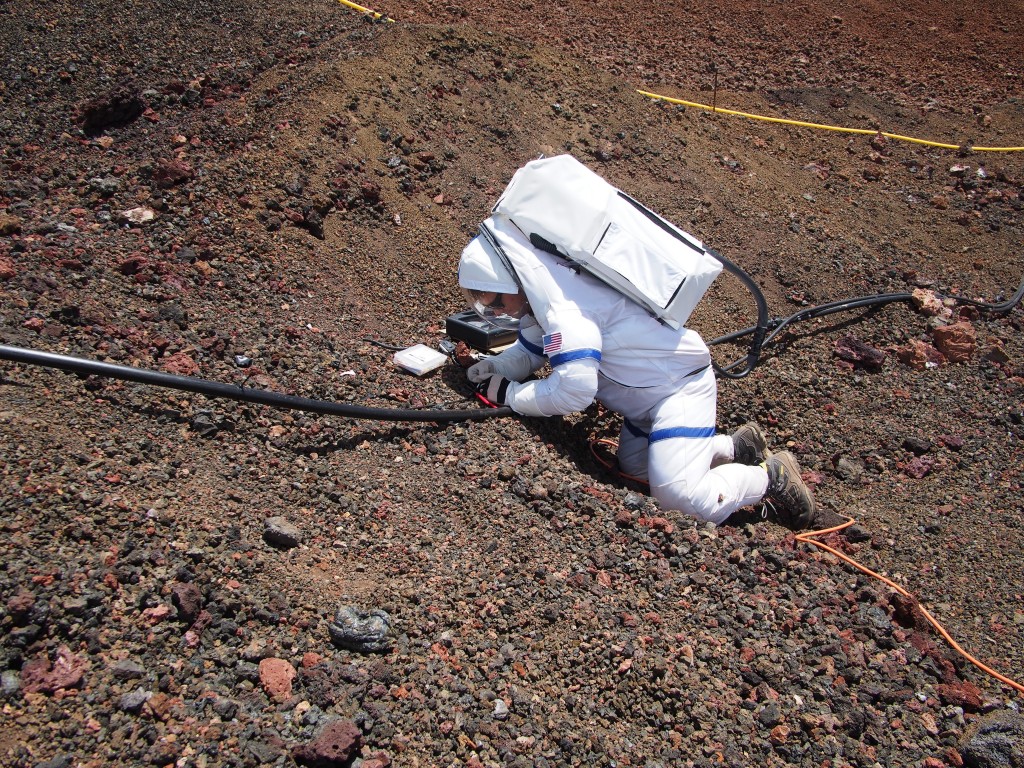
Delicate electronics are one thing when you have a well-lit work bench, but quite another when you are kneeling on lava rock with a 20 kilogram suit straining your back! Needless to say, the sensor wire was properly repaired and weatherproofed, and we can now read the water sensor data from the comfort of the Habitat! Yay!
